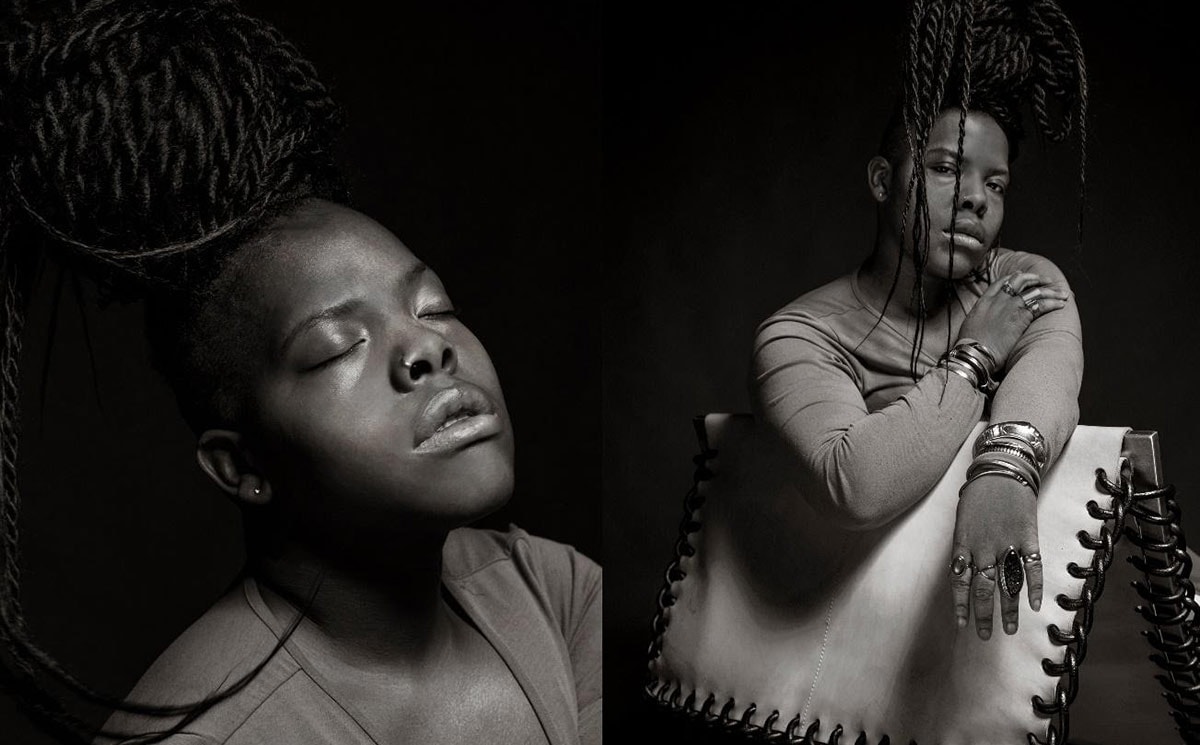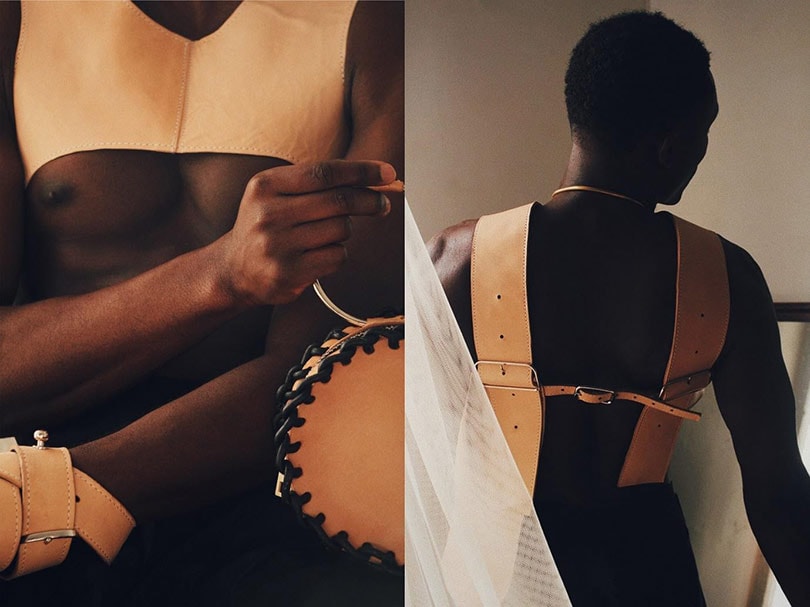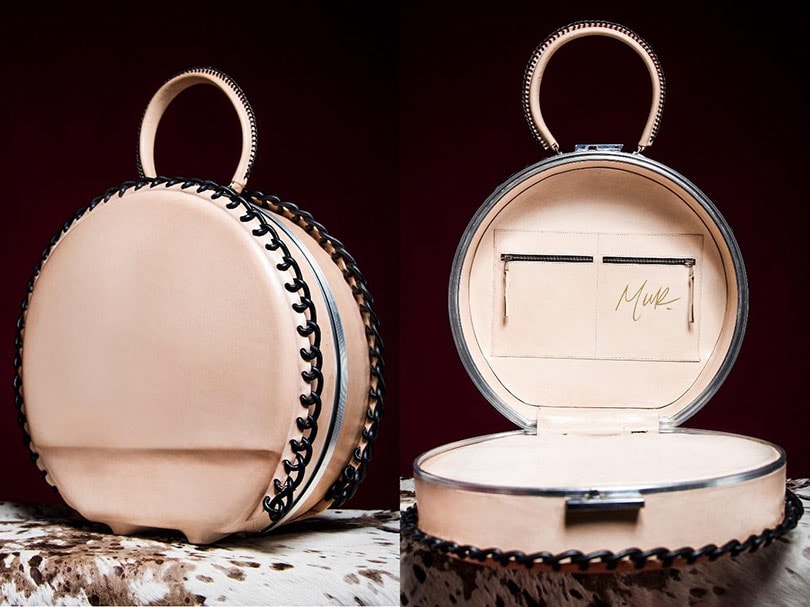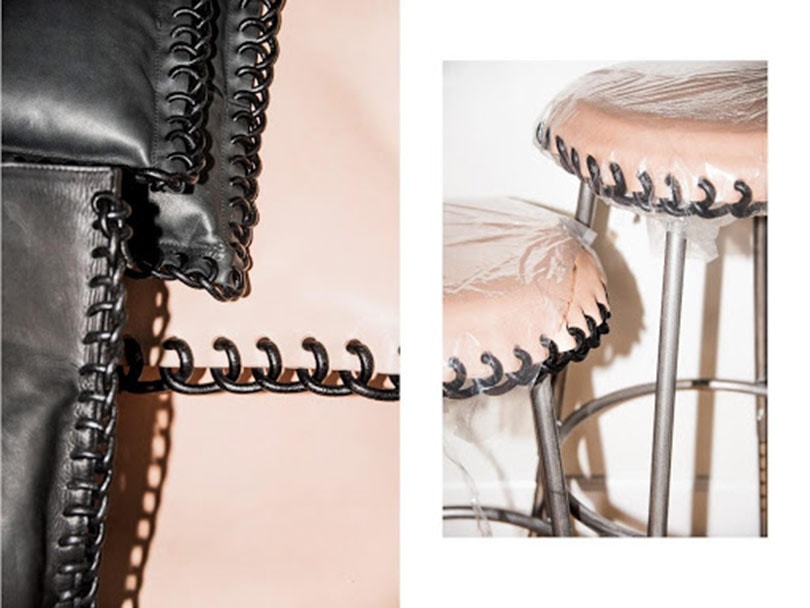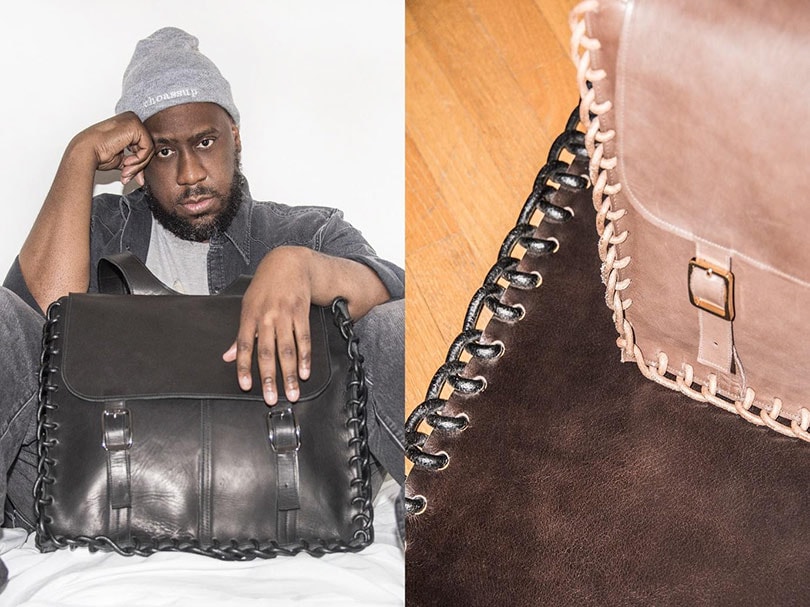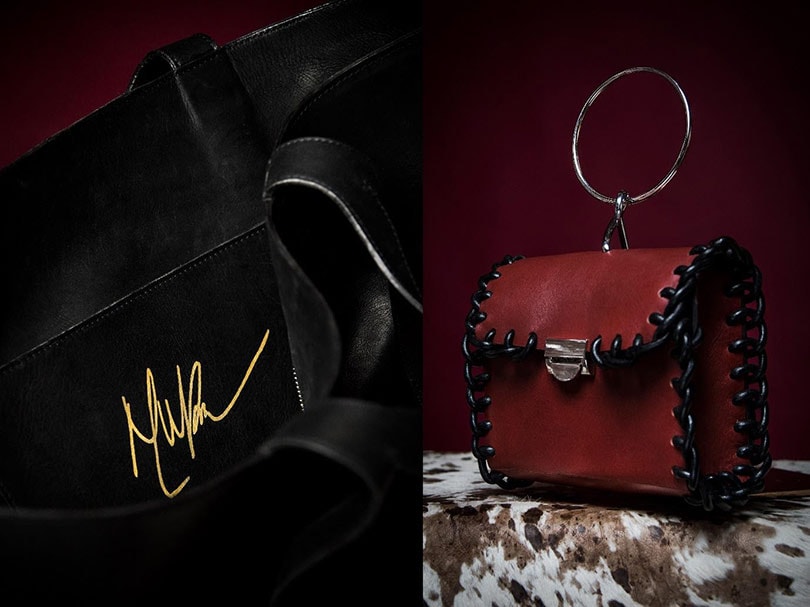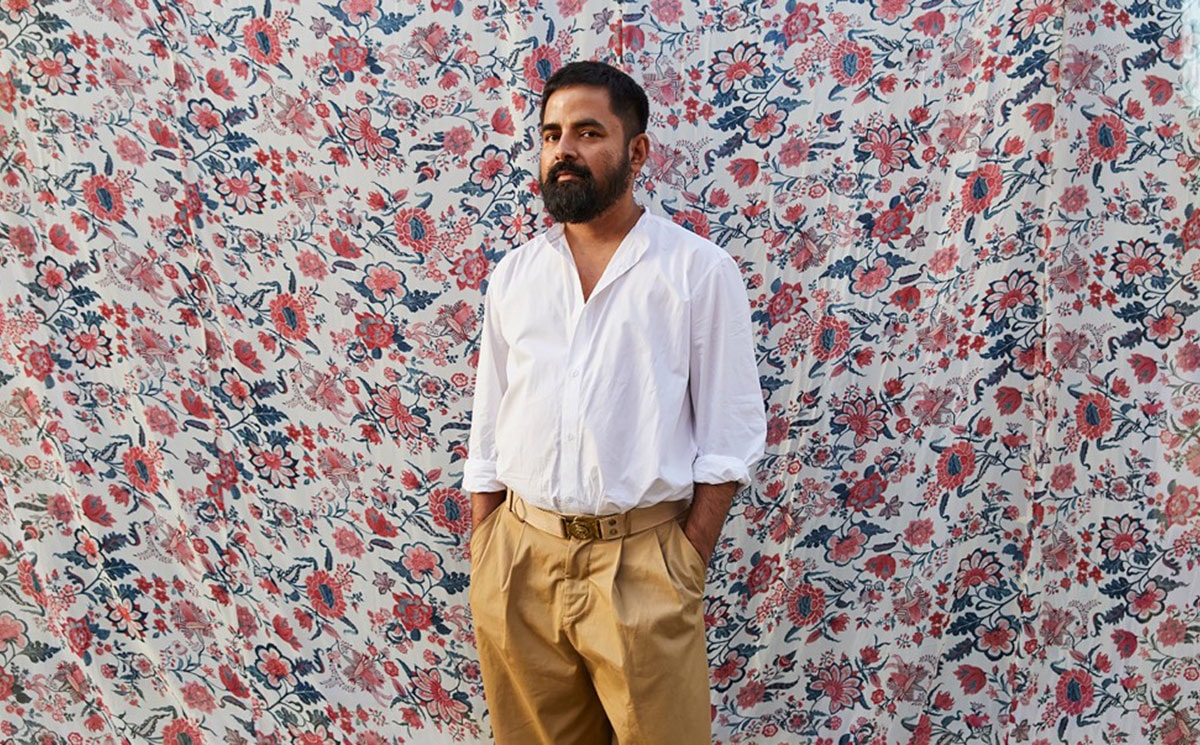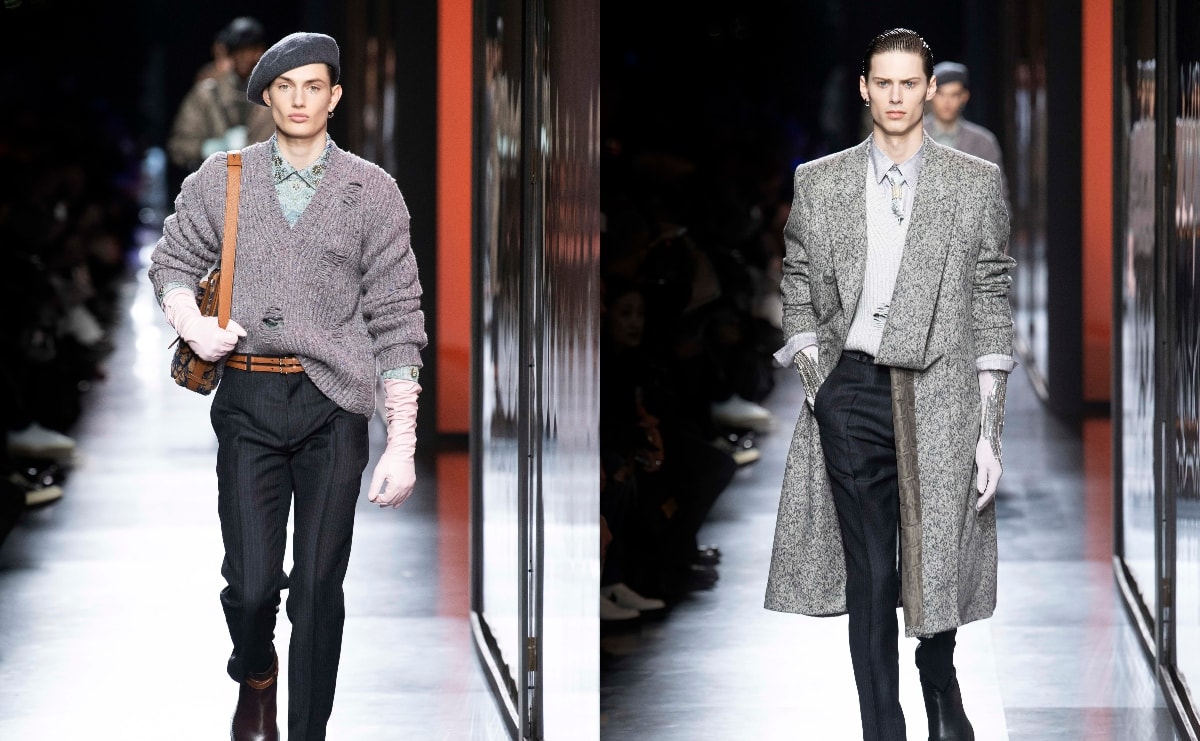At last week’s Berlin fashion fairs, new collections for the upcoming autumn/winter season were almost overshadowed by the comeback of a legendary location: for the first time since 2014, the former Tempelhof airport was back in the focus of the fashion industry. The huge 1930s building used to house Bread & Butter, widely considered the world’s leading – and most spectacular – fair for denim and sportswear until its demise five years ago. But this January, fashion returned to the impressive site. The move was intended as a new start after an underwhelming summer season and fired up a heated discussion about the future of the German capital’s fairs.
The force behind the revival of Tempelhof was Jörg Wichmann, the CEO of Panorama. After a long period of success, his platform for commercial brands suffered a setback last July; important exhibitors had turned their backs on the trade show and the mood among visitors was decidedly downbeat. Wichmann opted for a radical restart: "Standing still is going backwards, simply trudging along with a 'same old, same old' attitude just doesn’t cut it anymore," Panorama announced in a statement last autumn.
Move to legendary former airport pays off for Panorama, Selvedge Run and Neonyt
The key innovation for the fair and its smaller sister event Selvedge Run & Zeitgeist was to relocate from the anonymous halls of the Expocenter City to the more central – and much more atmospheric – former airport. Moreover, the organizers deliberately cut the exhibitor number by about 150 and introduced a new stall concept. After the debut at Tempelhof, Wichmann felt vindicated. "We are ending the show feeling extremely validated and with a whole host of positive feedback and lots of fantastic ideas and suggestions for the next summer edition," he remarked in Panorama’s closing statement. The more compact fair had definitely been a success: It was busy throughout, and the general mood among exhibitors and buyers was positive – overall, the contrast to last July’s edition was truly remarkable.
But Tempelhof did not just revive Panorama; the former airport became something that Berlin had been missing for years - a true centre of the Fashion Week. That was thanks to the relocation of another important fashion fair to the same location: Neonyt. The successful platform for sustainable brands had to give up its former location at Kraftwerk Berlin – it housed the catwalk of Mercedes-Benz Fashion Week this season – and opted for Tempelhof as well. The location offered room for a necessary expansion, but even one of the huge hangars was not enough to satisfy the overwhelming demand: Some of the more than 210 eco-friendly exhibitors had to settle for a place in a makeshift hall on the former airfield.
Once again, the fair benefited from the general attention by visitors for all things sustainable: "We have been very impressed after every edition of Neonyt, but this one has really taken things to a new level," commented Olaf Schmidt, vice president of Textiles and Textile Technologies at Neonyt’s mother company Messe Frankfurt. He pointed out that a lot more buyers from conventional retailers had visited the fair this season. One major reason was their new neighbour. About "85 to 90 percent" of all visitors had intended to visit both Panorama and Neonyt, estimated Wichmann.
Premium Group reluctant about demands for ‘central fashion hub‘ at Tempelhof
The successful new cluster at Tempelhof fired up discussions of a more general nature. Exhibitors and visitors enjoyed the benefits, as there had been ongoing complaints about the long distances between trade fair locations in the city for years. Therefore, it was not surprising that many wished for the other Berlin trade fairs to come to Tempelhof as well. Panorama’s CEO Wichmann had already voiced this idea almost a year ago – and repeated it after the former airport had proved its attraction last week. "Tempelhof is the coolest event location in Europe and opens up all possibilities of a ‘central fashion hub‘ in terms of its usage and extension possibilities," he said.
But for now, Premium Exhibitions does not want to play along. In fact, the local company’s two fairs Premium and Seek are not under pressure to move. They celebrated another successful season at their traditional locations at Gleisdreieck and Arena Treptow. Well-considered tweaks to their proven concepts once again worked well, both fairs enjoyed impressive visitor numbers. Especially Seek with its unique portfolio of international heritage sportswear, traditional and upcoming casual brands and sustainable labels could very much rely on its established profile and attracted a remarkably young and diverse crowd.
Moreover, the actual capacity of the listed buildings at Tempelhof airport is still in question. At the moment it does not seem likely that all Berlin fashion fairs could settle on a common location in the foreseeable future. Still, the overall situation of the Berlin fairs looks a lot brighter than six months ago.
Pictures: FashionUnited
* This article was originally published here
